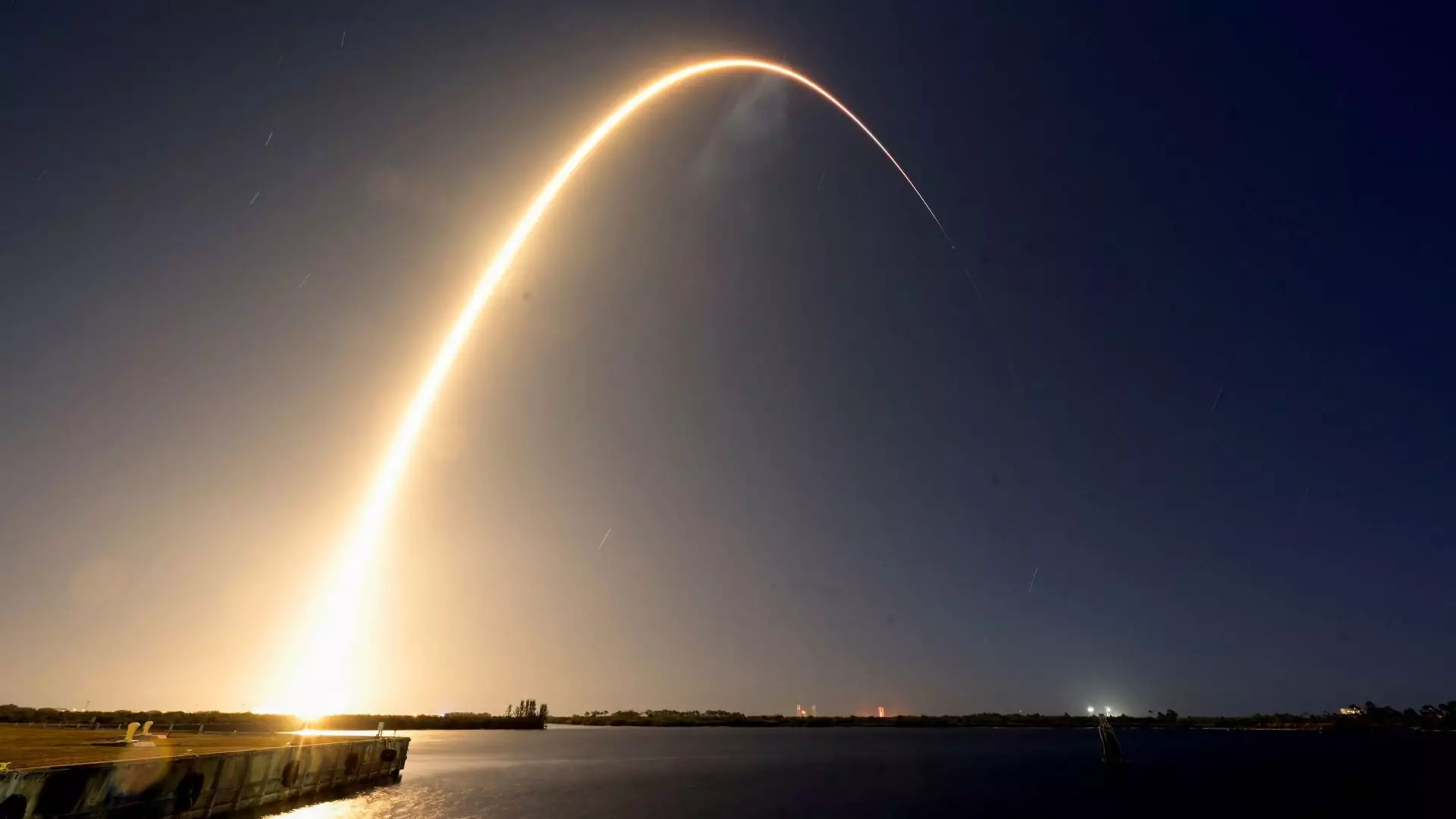In a significant stride toward the commercial exploration of space, Texas-based Firefly Aerospace has embarked on its inaugural lunar mission. The company launched its “Blue Ghost” cargo lander aboard a SpaceX Falcon 9 rocket early Wednesday morning, marking the beginning of a 45-day voyage to the Moon. This venture positions Firefly to make its mark in the burgeoning sector of lunar services, which is heavily influenced and backed by NASA’s efforts to rejuvenate human exploration of the Moon. With a clear focus on execution, Firefly’s leadership has set the stage for what could be a pivotal moment in the realm of extraterrestrial operations.
Firefly Aerospace has gained recognition for its Alpha rockets, adept at transporting satellites into orbit. However, the company has diversified its focus, venturing into the development of lunar landers and space tugs. The Blue Ghost, standing nearly seven feet tall, is engineered to support a range of missions, highlighting technological advancements that aim to facilitate a wide spectrum of payloads to the lunar surface.
This mission carries an impressive payload consisting of ten government and commercial projects, all part of a $101 million contract with NASA. Specifically, the Blue Ghost is the third mission under NASA’s Commercial Lunar Payload Services (CLPS) initiative, designed to deliver scientific instruments and cargo to the Moon, thereby supporting NASA’s Artemis program for crewed lunar exploration. Through their bold endeavors, Firefly hopes to consolidate their role in the competitive lunar landscape while also contributing to a larger vision of sustainable Moon missions.
The path to successful lunar missions has been dotted with challenges. Firefly is not alone in this endeavor; they join the ranks of other companies such as Astrobotic and Intuitive Machines, who have each attempted to execute their lunar missions in the past year. Astrobotic faced a setback with a mission that failed to reach its destination, while Intuitive Machines witnessed its lander tumble upon landing, albeit managing to avoid catastrophic failure.
These previous attempts underscore the steep learning curve associated with lunar exploration. Firefly has comprehensively outlined a roadmap for its Blue Ghost mission that includes 17 milestones, with five already confirmed successful, covering the launch phase and initial spacecraft testing in orbit. The successful completion of these milestones is pivotal in assessing the operational readiness and reliability of their technology in uncharted territories.
With the mission targeting Mare Crisium, a vast lunar basin on the Moon’s near side, Firefly Aerospace aspires to utilize the lander for an operational lunar day — roughly equivalent to 14 Earth days — and extend operations into the lunar night. This ambition not only signals an intent to establish a significant presence on the Moon but also reinforces the concept of sustained engagement and data collection from lunar operations.
Interestingly, Firefly’s mission has a dual facet, as it also serves as part of a larger wave of lunar exploration. On the same launch, ispace, a Japanese company striving for its second lunar mission, also benefited from a rideshare opportunity aboard the Falcon 9. This collaboration emphasizes a growing trend in commercial spaceflight, where partnerships and shared capabilities enhance the chances of success for previously less-experienced entities.
Firefly Aerospace’s journey with the Blue Ghost is not simply a solitary mission; it symbolizes the broader aspirations of private entities participating in lunar exploration. NASA’s projected plans for up to five U.S. companies to launch lunar landing missions by 2025 paint a picture of a vibrant and competitive lunar landscape. As companies innovate and improve their technologies, humanity’s return to the Moon seems increasingly attainable, offering not only opportunities for science and exploration but also for international collaboration, sustainable resource utilization, and the potential for a permanently inhabited lunar base. Firefly Aerospace’s dedication to innovation and exploration positions it well within this exciting frontier, potentially making history with every successful lunar operation.

